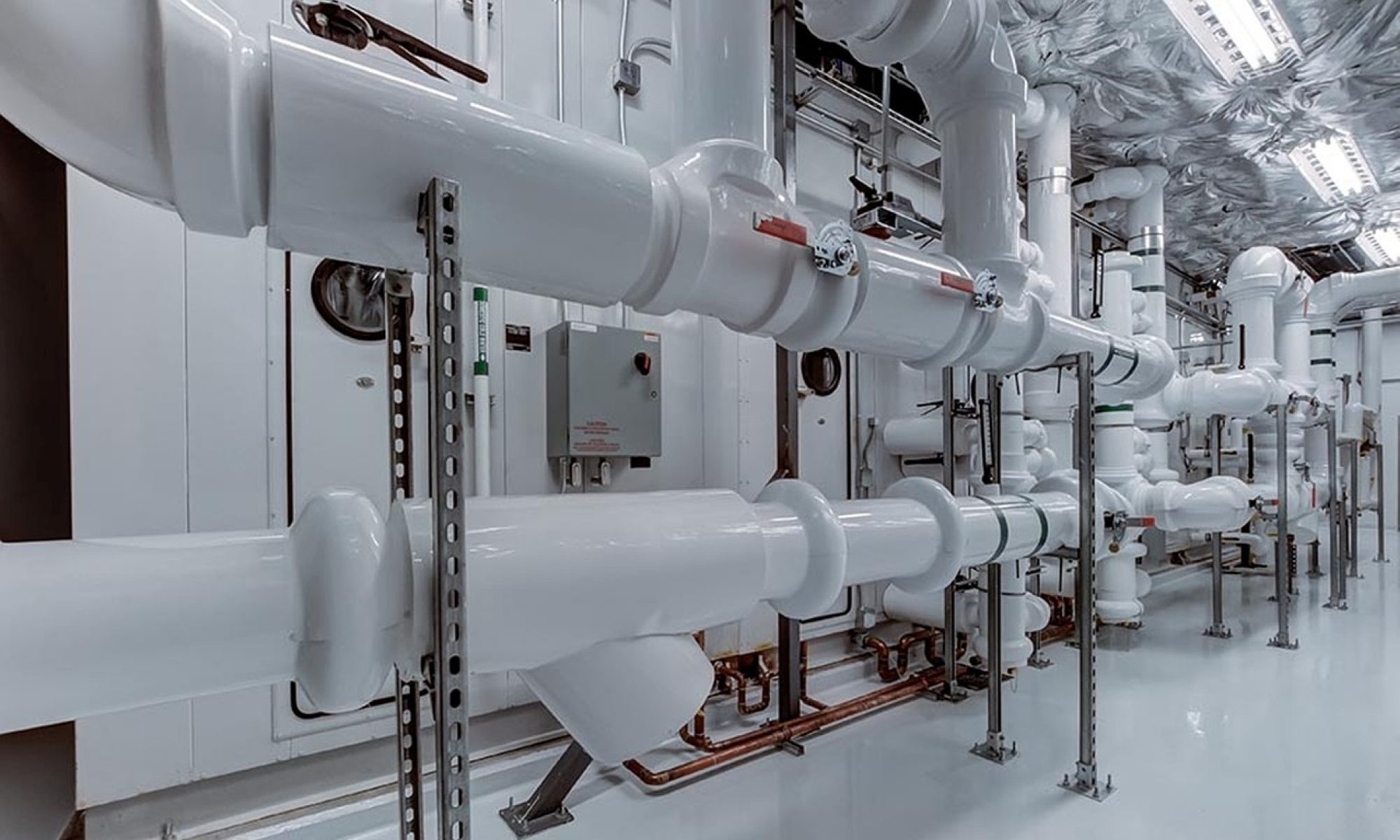The Truth About A2L Refrigerant Safety: Separating Fact from Fear in 2025’s HVAC Revolution
As 2025 unfolds, all new residential air conditioners and heat pumps in the United States will be required to use A2L refrigerants, which have a lower global warming potential (GWP) compared to current refrigerants like R-410A. This massive industry shift has left many Long Island homeowners with questions—and unfortunately, some misconceptions—about these new “mildly flammable” refrigerants.
The biggest concern we hear from homeowners across Nassau and Suffolk Counties is simple: “Are these new refrigerants going to make my home less safe?” The short answer is no, but let’s dive deeper into the facts to help you make informed decisions about your HVAC system.
Understanding A2L Refrigerants: What “Mildly Flammable” Really Means
A2L refrigerants are characterized by mild flammability, low toxicity, and low global warming potential (GWP). The classification system is straightforward: A = non-toxic, 2 = flammable, L = low burning velocity – making it the second-safest refrigerant category.
Here’s what makes A2L refrigerants remarkably safe despite their classification:
- A2Ls must reach a higher concentration to become flammable
- A2Ls are harder to ignite
- There is less energy released if burned
- If lit, the flame spreads slowly
Extensive testing with A2Ls and numerous heat sources—including cigarettes, lighters, power drills, and various household appliances—has been done, and no heat source produced ignition. In fact, while 2025 compliant refrigerants have an A2L classification of mildly flammable, it poses no greater risk than common household products. In fact, there is a good chance that you are already using these refrigerants in newer cars and portable air conditioners and heat pumps.
Safety Features Built Into Modern A2L Systems
HVAC manufacturers haven’t just changed the refrigerant—they’ve redesigned entire systems with enhanced safety features. The updated line of 2025 complaint systems are designed to detect refrigerant leaks and will adjust the unit’s operation to ensure any refrigerant has been dissipated before resuming operation.
Additionally, the most significant impact is that system(s) will be designed with leak detector devices that will shut off the system in the event of a refrigerant leak. This prevents the old practice of simply “topping off” systems with minor leaks, ensuring better overall system integrity.
For homeowners in areas like Kew Gardens and throughout Queens, this means that if you ever need boiler repair kew gardens or HVAC service, technicians will be working with systems that have multiple layers of built-in safety protection.
Real-World Performance: A2L Refrigerants in Action
As of December 2018, more than 68 million air conditioners using A2L refrigerants have been installed around the world. These aren’t experimental systems—they’re proven technology that’s been safely operating in homes and businesses globally.
The two primary A2L refrigerants you’ll encounter are R-32 and R-454B. The new Lennox product lineup will include both refrigerant options, R-454B for our whole-home, ducted solutions and R-32 for our ductless options.
What This Means for Long Island Homeowners
For residents across Nassau and Suffolk Counties, the transition to A2L refrigerants represents an opportunity rather than a concern. Puron Advance is not only better for the environment but also enhances the performance of HVAC systems. This refrigerant operates at a higher pressure than older refrigerants, resulting in better energy efficiency and improved heat transfer properties.
The environmental benefits are substantial too. The HFO refrigerant R-1234yf, for example, offers a 99% reduction in GWP compared to R-134a, making these systems significantly more environmentally friendly than their predecessors.
Addressing Common Misconceptions
Let’s tackle the most persistent myths about A2L refrigerants:
Myth: A2L refrigerants are likely to cause fires
Despite the mildly flammable classification of A2L refrigerant, it is hard to ignite. The amount of A2L needed in the air to ignite is great and a tremendous amount of energy is needed compared to A3 refrigerant (Butane or Propane).
Myth: These refrigerants require special technician certification
A2Ls might be regulated by the EPA, but there is not additional certification needed to work with A2Ls. Contractors and technicians who already hold an EPA Section 608 certification will be grandfathered in and do not need to take an additional exam.
Myth: Existing systems can be converted to use A2L refrigerants
It is extremely important that A2L refrigerants are only used in equipment designed for A2L refrigerants. They cannot be used in existing A1 systems under any circumstance.
Planning for Your HVAC Future
As we move through 2025, homeowners should focus on working with experienced, local HVAC professionals who understand both the technical aspects and safety protocols of A2L systems. It is important that home builders actively begin to plan for the transition, and engage with their suppliers and installers to ensure an adequate pipeline of equipment in the upcoming months and to avoid potential bottlenecks, delays and last-minute change orders.
For existing systems, existing systems can continue to be serviced and maintained with R-410A replacement units for the foreseeable future. However, when it’s time for replacement, you’ll be getting a system that’s not only safer for the environment but also more efficient and reliable.
The transition to A2L refrigerants represents a positive step forward for both environmental sustainability and HVAC system performance. By understanding the facts rather than falling for misconceptions, Long Island homeowners can confidently embrace this new technology, knowing they’re getting systems that are safer, more efficient, and better for the planet.
When you’re ready to learn more about A2L systems or need service for your current HVAC equipment, choose a company that combines technical expertise with honest, straightforward communication—because the future of home comfort is here, and it’s safer than you might think.

